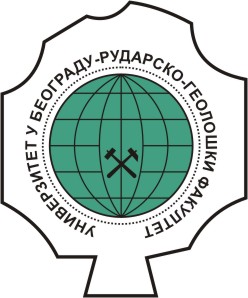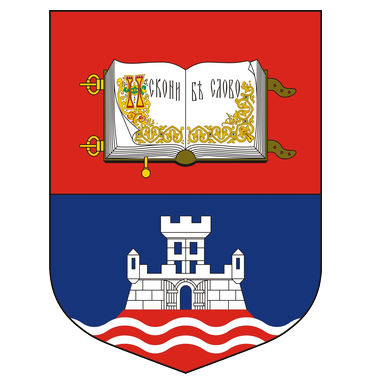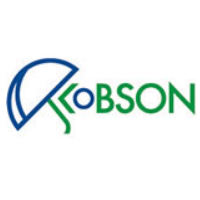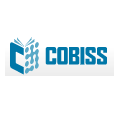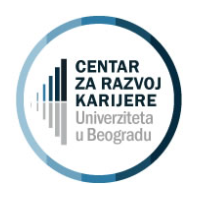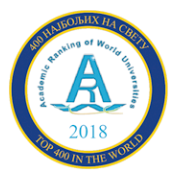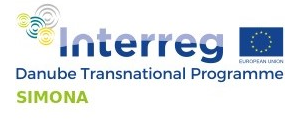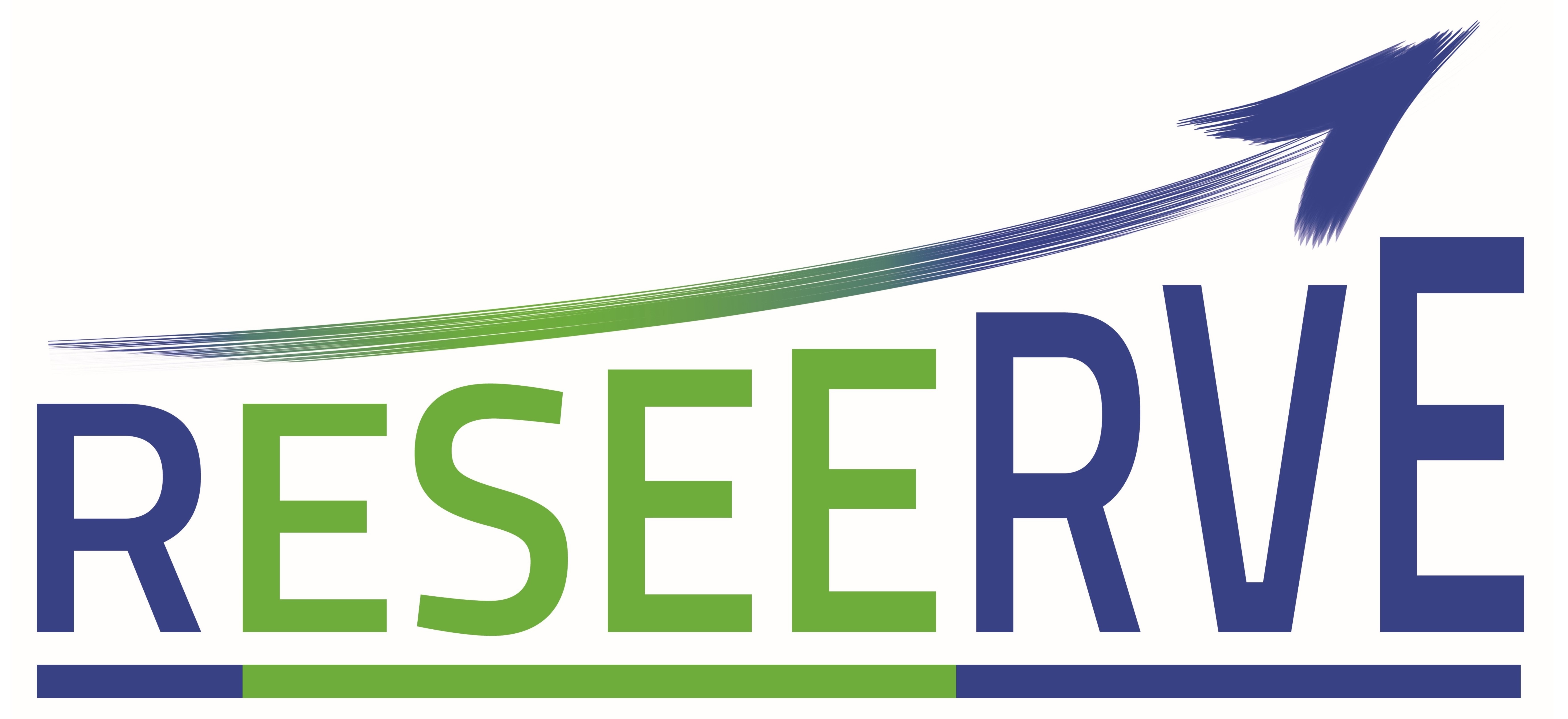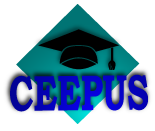Study program:
Surface Mining of Mineral Deposits (X semester -MsC) |
|
Name of subject: Blasting Seismics |
Instructors:
Prof. Lazar Kričak, Prof. Milanka Negovanović |
|
Status: Optional |
|
ECTS: 6 |
|
Prerequisites: Blasting in Surface Mining |
Course Objectives:
Introduction of students with the problem of seismic effects of blasting and monitoring methods for mining and civil engineering and other industries. |
Learning Outcomes:
Acquiring knowledge in the field of seismic effects of blasting, factors affecting ground vibration, their effects on the environment, the method of measuring ground vibration, processing the measured data and vibration standards |
Content:
Theory teaching
Basics of the theory of elasticity, stress. Types of seismic waves and characteristics of oscillation. Sinusoidal approximation of vibration due to blasting and range of oscillation frequencies. Change of the state of stress caused by blasting. Effects of explosion in blast holes. Reflection of the shock wave from the free surface. Oscillation of the rock mass. Distribution of explosive energy in blasting. Seismic effect. Measurement of ground vibration. Seismographs, classification and basic characteristics. Field measurements and operational guidelines. Seismograph precision, calibration. Vibration records of the seismograph. Reading and interpreting. Practical interpretation. Principle factors affecting ground vibration. Calibration of soil. Vibration control. Delay blasting. Propagation velocity versus particle velocity. Impact of delay time on peak particle velocity. Tolerance of initiation systems. Probability of overlap. Time analysis of the initiation pattern. Recommendations for scaled distance. Particle velocity versus scaled distance graph. Factors that affect ground vibration. Vibration standards. Spectral analysis. Response spectra, single degree of freedom model. Long term vibration and fatigue. Vibration effects. Variety of the intensity of the ground vibration along directions.
Effects of wavelength. Non-damage vibration effects. Causes of cracking other than blasting. Adjustment of blasting parameters in order to reduce the level of ground vibration. Calculations of blasting parameters near objects. Artificial screen for reducing seismic vibration generated by blasting. Seismic effect in underground blasting operations.
Controlled mining in tunnels. Blasting standards for nonresidential structures. Blasting near concrete structures, fresh concrete, bridges, buried pipe lines and sensitive instruments. Human response to vibration. Air blast. Instruments for measuring air blast overpressure, correct microphone mounting, scaled distance for air blast. Criteria for the evaluation of air blast effects. Regions of potential damage for air blast, atmospheric inversion. Wind effect. Procedures for avoiding the focus of air blast. Pre-blast inspection. Practical teaching
Demonstration exercises in the laboratory. Introduction to instruments for measurement of ground vibration caused by blasting and software for processing and interpreting measured data. |
Suggested Reading List:
- Kričak L. (2005): Seizmika miniranja. Rudarsko–geološki fakultet, Beograd.
- Purtić N. (1991): Bušenje i miniranje. Rudarsko–geološki fakultet, Beograd.
- Dowding C.H. (2000): Construction Vibrations, Prentice Hall, Inc., New Jersey, USA.
- Siskind, D. E. (2000) : Vibrations from Blasting, ISEE, Cleveland, OH, USA.
- Lewis O.L.(1999): The effects of vibrations and environmental forces. Cleveland, OH, USA
|
Conduct of the Course:
Lectures are conducted with the support of computer presentations. Practical classes (exercises) include demonstration exercises in the laboratory. |
Fund hours:
| Lectures |
Exercises |
Other forms of teaching |
Study research |
| 2 |
2 |
0 |
0 |
|
Assessment:
| Final Exam |
ECTS |
| Oral Exam | 60 |
| Classwork Assessment |
ECTS |
| Class Participationа | 30 | | Practical Classes | 10 |
|
|
Additional Assessment Criteria: - |
|
|
